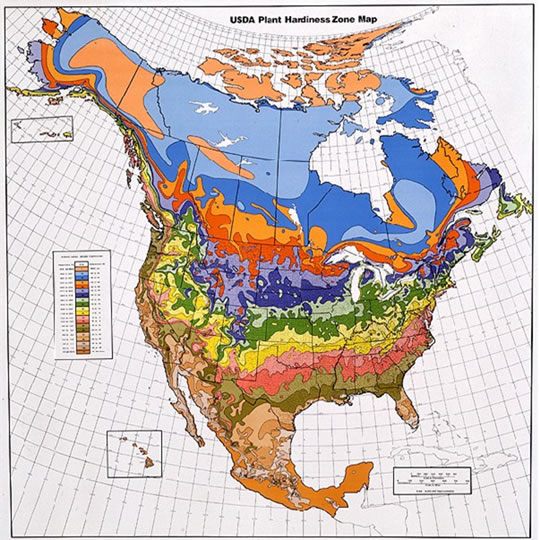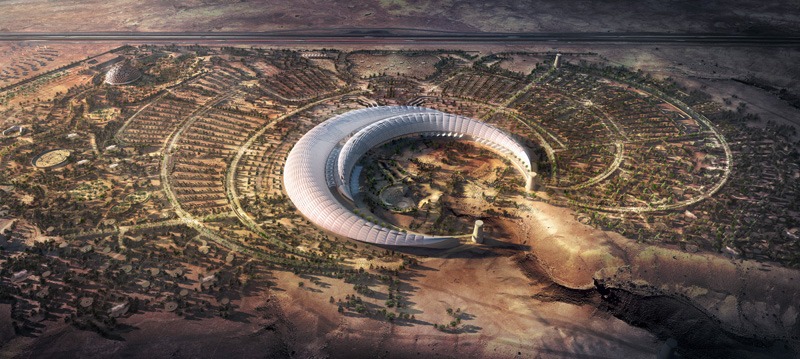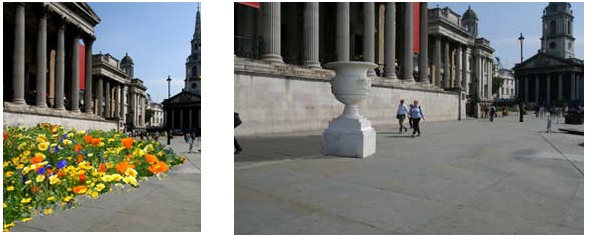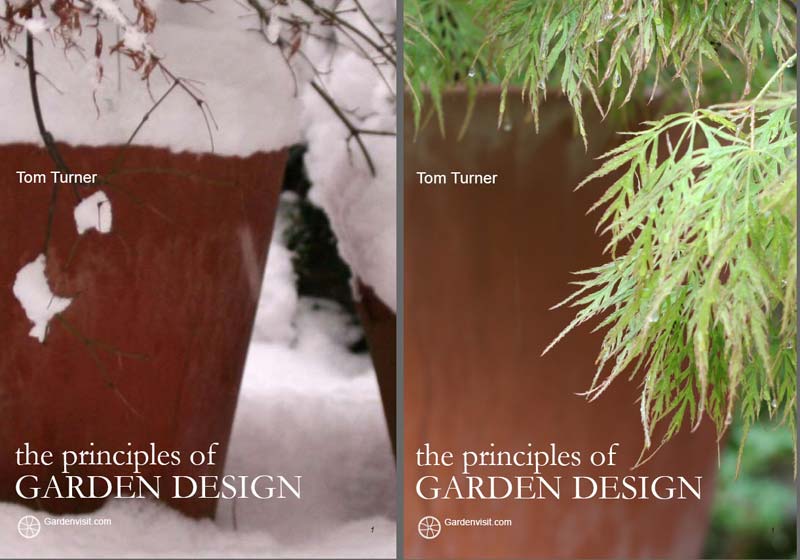 At last! We have published the updated World Garden Finder. The page has been re-deisgned and we have added some 1,500 new images since January 2009, bringing the total to over 5,000 images. The images come from photographic trips and other sources: we are particularly grateful to Karl Gercens for his enormous help with American gardens. Piet Oudolf once said that ‘America is not really a gardening country’ but Karl does much to prove him wrong. Every country needs to garden in its own way and Piet Oudolf would be on safer ground if he said that American gardens are different from North European gardens, much as the gardens of South Europe differ from those of North Europe. Two of the things which make American gardens different are the climates (as shown on the USDA Hardiness Zone Map) and the different social mores. In Europe, garden walls and fences are the norm. In America, it is considered an unfriendly gesture to put a fence round your front yard – despite the fact that ‘yard’ means ‘enclosure’.
At last! We have published the updated World Garden Finder. The page has been re-deisgned and we have added some 1,500 new images since January 2009, bringing the total to over 5,000 images. The images come from photographic trips and other sources: we are particularly grateful to Karl Gercens for his enormous help with American gardens. Piet Oudolf once said that ‘America is not really a gardening country’ but Karl does much to prove him wrong. Every country needs to garden in its own way and Piet Oudolf would be on safer ground if he said that American gardens are different from North European gardens, much as the gardens of South Europe differ from those of North Europe. Two of the things which make American gardens different are the climates (as shown on the USDA Hardiness Zone Map) and the different social mores. In Europe, garden walls and fences are the norm. In America, it is considered an unfriendly gesture to put a fence round your front yard – despite the fact that ‘yard’ means ‘enclosure’.
Notes to everyone, regarding the World Garden Finder:
- if your country is under-represented in the World Garden Finder, please contact us and advise what gardens should be included in the next update.
- if you manage a garden which is already in the Garden Finder, please contact us to request a login, so that you can keep the opening details up to date and add your own Head Gardener’s comment (see for example: Chesters Walled Garden)

 Having slagged off
Having slagged off 
